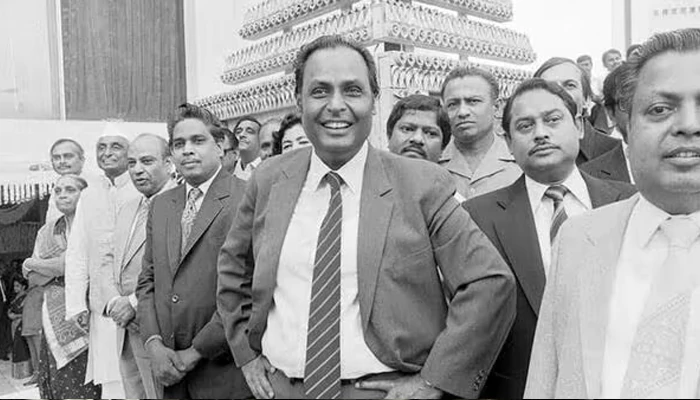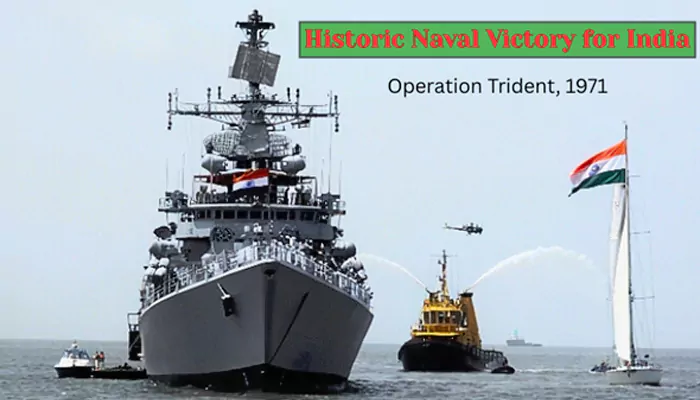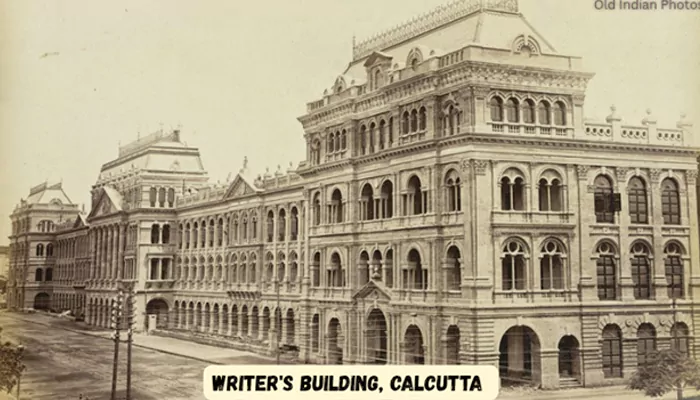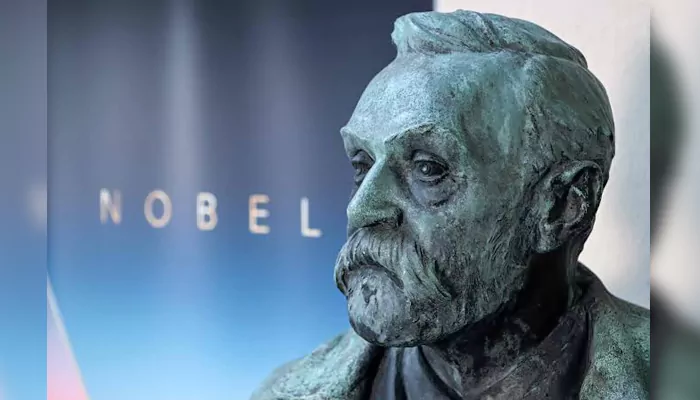On This Day, 2019: Chandrayaan-2 was Launched - Why Did the Mission Fail?
- Sayan Paul
- 5 months ago
- 5 minutes read

Launched on July 22, 2019, the spacecraft entered lunar orbit on August 20. But during its final descent on September 6, the lander crashed while attempting to touch down on the Moon’s surface.
Bill Gates once said, “It’s fine to celebrate success, but it is more important to heed the lessons of failure.” What he meant is that every failure is just a stepping stone to success. And see, ISRO’s Chandrayaan programme is a perfect example of that philosophy. In 2023, Chandrayaan-3 made history by landing near the Moon’s south pole, making India the first country ever to achieve this feat. The entire nation erupted in celebration, but amid the applause, few paused to remember that this moment of glory was built upon the setbacks of the past, most notably Chandrayaan-2, which had partially failed in its mission. Now, had ISRO or the Indian government chosen to abandon the mission after that failure, would we have witnessed such a milestone? The answer is a clear no. As Thomas Edison once said, failure is simply finding “ways that will not work.” And sometimes, it’s the only way to get it right.
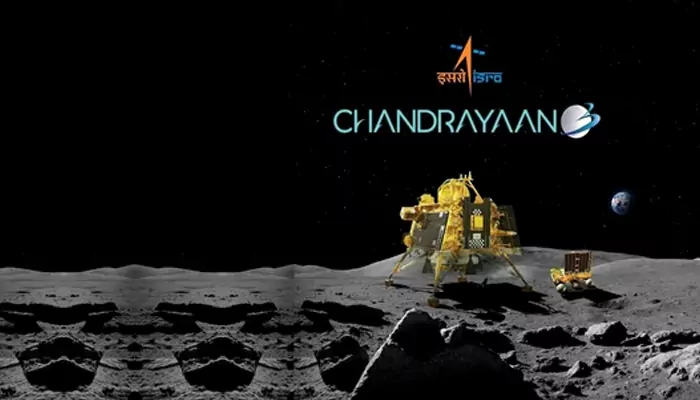
Chandrayaan-2 was launched today in 2019. As we mark its anniversary, let's discuss why it failed.
What Was Chandrayaan-2 All About?
Following the success of Chandrayaan-1 in 2008 (which confirmed the presence of water molecules on the Moon), ISRO set its sights higher with Chandrayaan-2. The mission aimed to demonstrate India’s ability to land softly on the lunar surface and deploy a robotic rover for scientific research. The ambitious spacecraft was made up of three parts: an orbiter, a lander (Vikram), and a rover (Pragyan), all entirely designed and built in India. The launch vehicle was the GSLV Mk III-M1, ISRO’s heaviest rocket at the time.
Beyond just a landing, Chandrayaan-2 was expected to study lunar topography, map minerals, search for water ice, and examine the Moon’s exosphere.
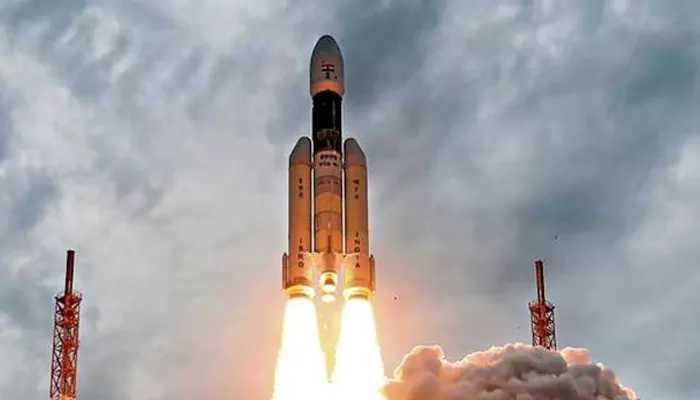
So, What Went Wrong?
Chandrayaan-2 successfully entered the Moon’s orbit on August 20, 2019. But tragedy struck during the most critical phase, the landing. In the early hours of September 6, communication was lost with Vikram just moments before touchdown.
It was later revealed that a software glitch and hardware limitations caused the lander to veer off trajectory. Instead of slowing down and descending gradually, it accelerated beyond control. The lander began tilting at an angle of 410 degrees, when it was only supposed to tilt 55 degrees, a misalignment that proved fatal.
In a detailed analysis shared later, ISRO Chairman S. Somanath explained: “We had five engines to reduce the lander’s velocity. They developed slightly higher thrust than expected, and the accumulated errors were greater than the system could handle. When the lander started to rotate rapidly, its ability to correct orientation was limited by the software; we hadn’t anticipated such high angular rates.”
He added that another factor was the narrow landing site, just 500m x 500m wide, which offered little room for error.
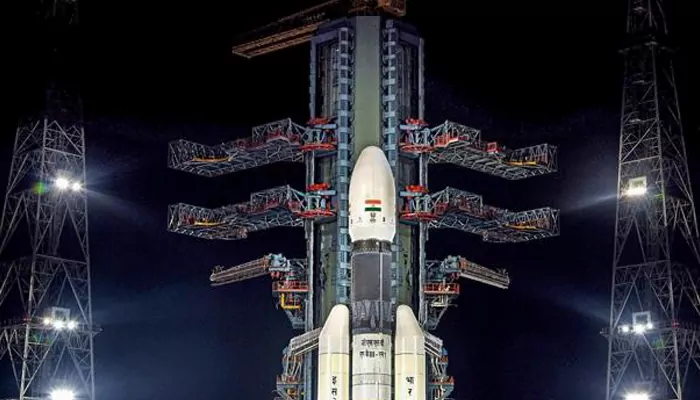
The Vikram lander and the Pragyan rover were lost. But the orbiter remained intact, successfully transmitting data to Earth and continuing to do so even today.
However... A Mission Not Entirely Lost
Though Vikram’s crash was heartbreaking, the mission’s scientific goals weren’t entirely derailed. The Chandrayaan-2 orbiter has since made valuable contributions, including:
*Detection of water molecules and hydroxyl
*Mapping sodium on the Moon’s surface
*Capturing high-resolution images of lunar craters and terrain
*Studying exospheric particles and radiation levels
(Credit: Hindustan Times)
Its discoveries have enriched lunar science globally and strengthened ISRO’s position as a capable space research agency.
The Women Who Led the Moon Mission
One of the most inspiring aspects of Chandrayaan-2 was the strong women-led team behind it.
*Dr. Muthayya Vanitha was the Project Director.
*Ritu Karidhal, who also worked on Chandrayaan-1 and later Chandrayaan-3, served as Mission Director.
*Kalpana Kalahasti, Chandrakanta Kumar, and G. Nagesh were among the key figures involved in the mission’s development and execution.
These scientists shattered stereotypes and became role models for a generation of young Indians.
(Credit: euronews)
From Failure to Victory: Chandrayaan-3
The true legacy of Chandrayaan-2 lies in how ISRO responded to failure. Engineers analyzed every flaw, reworked the design, and revised the software. They expanded the landing site margin, added better algorithms, and conducted extensive testing.
Four years later, in August 2023, India’s Chandrayaan-3 mission touched down safely on the Moon’s southern polar region, and the entire world cheered. As former ISRO Chief K. Sivan once said: “We are confident because we have learnt from Chandrayaan-2. Every failure is a lesson.”
(Credit: Sansad TV)
In Retrospect: Why We Must Remember Chandrayaan-2
While Chandrayaan-3 may have earned the glory, Chandrayaan-2 deserves its due, as the reason India ultimately succeeded.
It reminds us that in science, setbacks are inevitable, but with learning and innovation, they can become the foundation for greatness. After all, as Edison once put it, “I have not failed. I’ve just found 10,000 ways that won’t work.”

